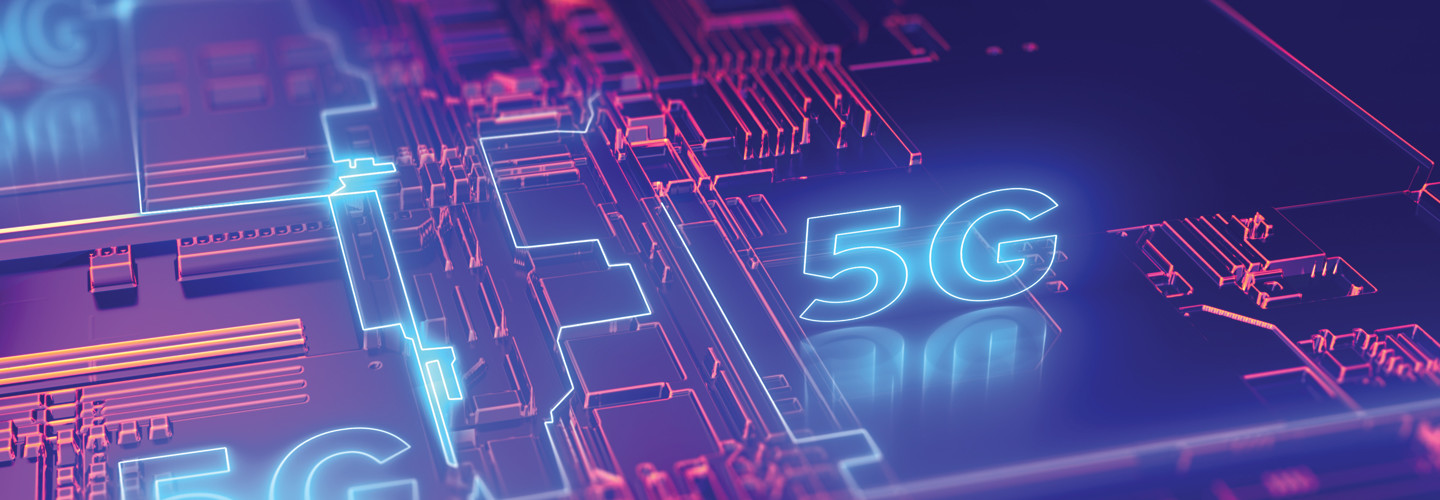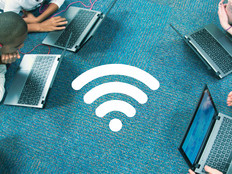Specific Hardware and Software Can Assist 5G Backup Internet in Schools
With reasonably easy installation, 5G service can be a cost-efficient, effective option to reinforce schools’ main networks, according to Tony Dolezal, 5G and multiaccess edge computing strategist for Verizon Public Sector.
“5G can provide backup for any digital circuit, fiber or cable,” Dolezal says. “The high speed and low latency attributes of 5G better emulate these landline circuit technologies.”
To implement a 5G solution, a strong on-premises router can be key, according to Frost, who says Kajeet often installs a Cradlepoint device that integrates into a school’s land network.
“We’ll typically install two SIMs into that device, one from AT&T and one from Verizon,” he says. “Whichever has the best connectivity — it depends, geographically, on who has the best service going into that site — we’ll keep that activated as the primary backup. If the customer has an issue with the main ethernet fiber network, the router will automatically detect that and fail over to the wireless connectivity.”
EXPLORE MORE: Could EVPN-VXLAN benefit your school district's infrastructure?
According to Frost, schools ideally will have devices that support both wireline and wireless connectivity and private networks, since networks on the Citizens Broadband Radio Service (CBRS) — a radio frequency spectrum band that can be used for shared wireless broadband — are becoming more prevalent.
“A lot of the school districts are building their own network for private wireless,” he says. “So, you’d want to have devices that can support the particular spectrum band, CBRS Band 48, that allows them to fail over to their own network.”
Frost suggests trying to incorporate monitoring capabilities into efforts to ensure network connectivity in schools, potentially through a solution that also includes website filtering and other access controls.
“You want to have a platform that allows you to manage those devices so you can see clearly how they are performing,” he says. “You want to know when your network fails over.”
Available Failover Fixes Include Routers and Structural Policies
Connectivity providers have introduced a number of items that can help K–12 districts enhance reliable online access, ranging from SonicWall’s firewall-based failover service to Opengear units that bounce to cellular networks when necessary.
Some schools, Frost says, are using the private LTE backup service Kajeet offers for failover connectivity.
“Essentially, that allows us to install a router on the school property that is connected to their Ethernet or fiber network,” he says. “If that Ethernet or fiber connection goes down, it automatically routes the traffic over the wireless network.”
School systems including the Fresno Unified School District (FUSD) in California have explored other resiliency options.
After finding that personal hotspots didn’t always offer enough robust access in areas with sparse cell towers, FUSD created its own private LTE network during the pandemic by mounting transmitters on top of 15 school buildings and distributing Cradlepoint R500 devices to students to use with Lenovo laptops.











